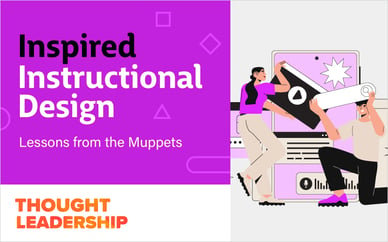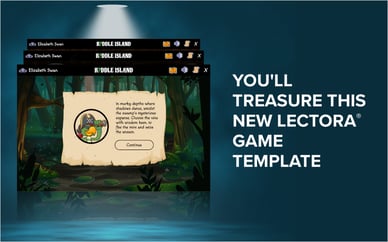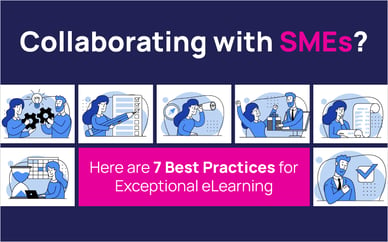
Many instructional designers never meet the learners they create training for. Because of that, it can be hard to picture your audience and feel like you’re talking to a real person when you’re writing learning objectives, introductory pages, and other content.
It’s so easy to fall into an academic tone for those learning objectives and transition statements, but you’re missing out on a key opportunity for better learner engagement when you do so.
Changing your instructional design speak into a conversational writing style is an easy tweak that doesn’t cost a thing but pays big dividends in the form of engaged, interested learners.
For example, you could write your learning objectives like this:
Time management is very important. In this course, you will learn:
- The benefits of time management
- How to rank tasks by priority
- How to time block your day
Riveting, right? What if you rewrote it like this:
You’ve probably heard the saying “time is money” before. But did you know that many scientific studies show that people with more free time are happier than people with less free time, even if they have less money? Today you’re going to learn how to get more free time, including:
- The benefits of time management
- How to rank tasks by priority
- How to time block your day
The rewrite gives the learner a more compelling reason for why they should even care about these learning objectives. It speaks to a common human desire, the pursuit of happiness.
There are so many ways to bring a more conversational tone to your writing, and we recently released a free eBook packed with tips and examples. In it, we cover 8 different areas of eLearning courses that often exhibit boring academic language and show you how to rewrite them in an engaging, conversational way.
Download your free eBook today.
Looking for more tips on human-centered design for eLearning? Check out these articles:
- HCD Meets ID: Part 1 - What Is HCD
- HCD Meets ID: Part 2- Developing Learner Empathy
- Webinar: Instructional Designers – Steal from HCD to Engage your Learners








